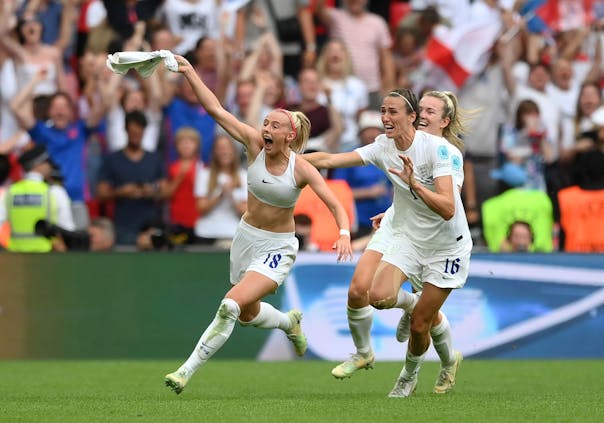
Photographic agency Getty Images and iStock, its e-commerce platform for SMBs, SMEs and creatives, have seen a huge explosion of interest in women’s sport in the UK following the recent success of the Lionesses [the England Women’s football team] at the Women’s Euros. Over the last 12 months, visual searches for women’s football on iStock have increased by 125 per cent, showing that the conversation around women and girls in sport has begun to accumulate.
To help sports rights-holders and brands navigate this space, Getty Images has created a set of practical guidelines to create unbiased and inclusive visual representations of female athletes. Jacqueline Bourke, Creative Insights Director and Head of EMEA at Getty Images, explains the key things to consider.
What prompted the creation of Getty’s Women and Girls in Sport guidelines?
Getty Images has long been a passionate champion of the authentic and inclusive representation of women and girls in sport, and bringing transformative equity forward requires work on a multitude of fronts.
We created the Women and Girls in Sport guidelines with the aim of provoking discussion and practically helping creatives, marketers, art directors and curators, understand how to better select or create visual content that will truly move towards unbiased and inclusive visual storytelling around women and girls in sport. We have heard directly from female athletes that they have felt pressure to limit the range of their emotional expressions to secure and retain brand sponsorships, and we believe media companies, brands and sports rights-holders can change the perceptions of women’s sport by rethinking the visuals they use.
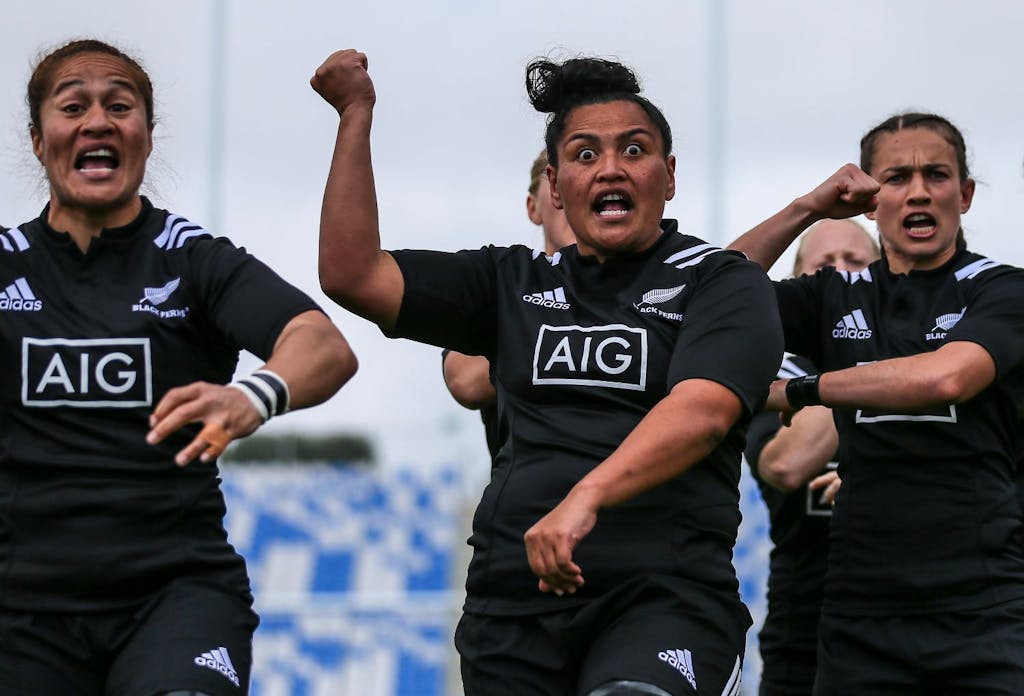
How did you analyse consumer sentiment and what have you learned?
We launched our creative insights platform VisualGPS over two years ago on Getty Images and iStock, which is a meaningful expansion of our long-standing visual content expertise. VisualGPS pulls together the 2.6 billion annual photography searches from over 842,000 customers in almost every single country around the world, combined with image testing and custom market research that we conduct with Marketcast to understand consumer sentiment, and drawing on the visual expertise of the wider creative department at Getty Images and iStock. What we are seeing consistently, as we survey a minimum of 7,000 people in 25 countries, is that consumers really want to see sports organisations do more for female sport.
Seventy two per cent of respondents agree that sports organisations and brands can do more to promote women’s teams and female stars, which is a six-per-cent increase since 2021. The research also showed that 78 per cent want female athletes to have the same coverage as their male counterparts, and this is across people of all genders and across all regions that we looked at. Our findings show that it has never been more important to close the visibility gap and reimagine a new world for women’s sports.
What sort of trends did you observe around the use of imagery during the recent UEFA Women’s Euros?
The most popular sports visuals on Getty Images during the Women’s Euros were of the Lionesses lifting the trophy and the much talked about iconic moment of Chloe Kelly taking off her top when celebrating her winning goal on the pitch. This growing interest shows that there is a unique opportunity to close the visibility gap with authentic representation and unbiased visual storytelling around women and girls in sports.
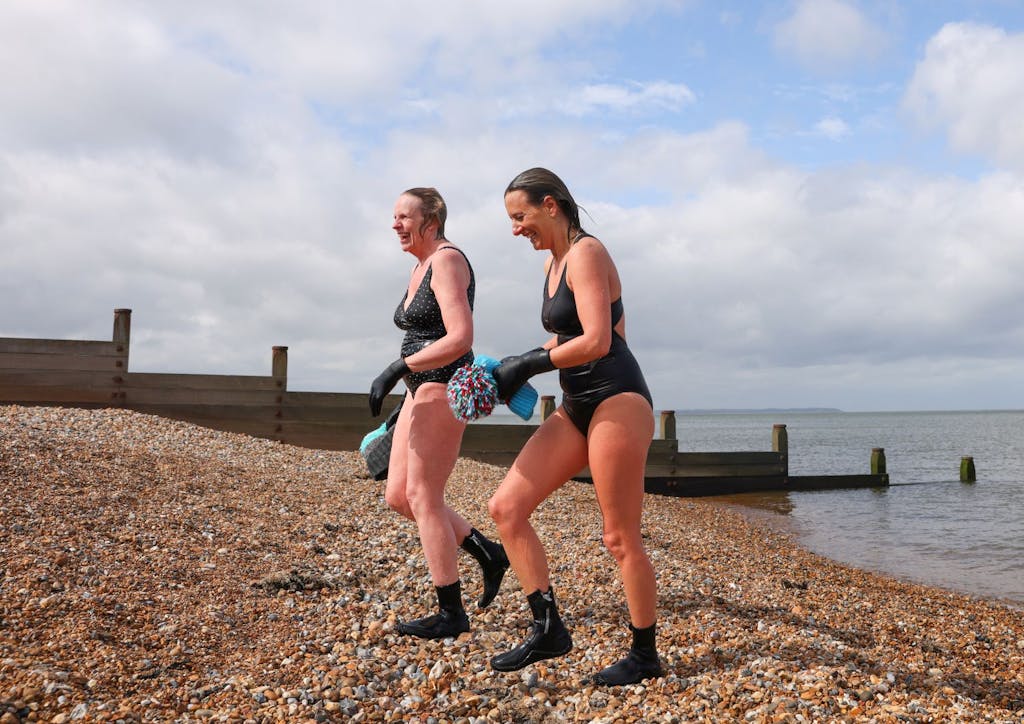
And how can photography help to promote unbiased and inclusive portrayals of women’s sport?
One of the key findings from our VisualGPS research is that 75 per cent of consumers want to see female athletes depicted in a way that focuses on their skills and their athleticism rather than on their beauty, their glamour or their sex appeal. And again, the percentage of consumers and sports fans who want to see this has increased by three per cent in 2022 versus 2021.
We also felt it was very important to understand how female athletes want to be visually represented. In the UK, we have conducted workshops with female athletes from a wide variety of sports, as well as with the Women’s Sport Trust [which aims to raise the visibility and awareness of women’s sport]. There is not one look that all women and girls involved in sports, or who are looking to participate in sport, will relate to. We believe it is important to understand how to bring an inclusive lens that speaks to different layers of identities for women and girls to truly relate with authentic visuals in media, brand communication and advertising.
What problems have female athletes encountered in photographic portrayals of them in the past?
The guidelines focus heavily on depicting emotional expression and body empowerment. A strong finding from our research is that 60 per cent of fans want female athletes to express fully who they are and a full range of expression when they are playing their sport, and it was interesting to hear from female athletes on this topic. Some of the examples they shared were around briefs for headshot photos. Female rugby players are permitted to be seen as more aggressive or a lot stronger in visual communication, whereas for some other sports – take gymnastics for example – there is a different level of expectation in how they can appear.
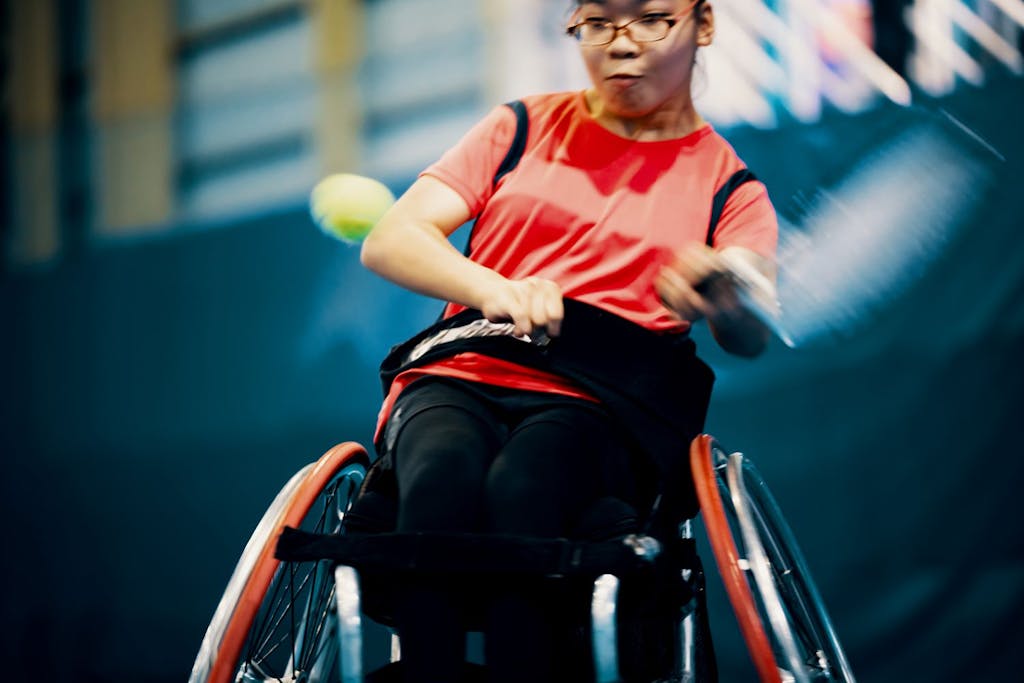
Can imagery and photography have an impact on sports participation?
I think it is important to think about the role that body positivity can play, ensuring that female athletes of all shapes, sizes, types and abilities are being represented. There is not one cliché or stereotype of what a body can look like, and this has a huge impact on encouraging women and younger girls into participating in sport. When we ask consumers and sports fans what visuals they relate most to, it is visuals of real people with relatable body shapes, sizes and abilities involved in a wide variety of sports at a wide variety of skill levels.
In the history of sports science research, female physiology has often been left out. There is a long legacy of equipment and kit, especially at grassroots level, being very much predicated on male physiology. How is female physiology understood when it comes to performance? We see lots of conversations for the first time, especially when it comes to visuals in advertisements, beginning to speak about understanding menstruation, for instance, in sport, both from performance to participation. Understanding how you encourage greater sports participation, especially where there are drop-offs in sports participation after puberty, or equally in women in midlife experiencing perimenopause or menopause, is also really important.
During the Covid pandemic, we wanted to ensure that we were helping to keep the visibility of women’s sport to the fore. But at the same time, understanding how we could reach out to women in midlife between the ages of 40 and 55, who are going through either perimenopause or menopause, and how we can help create relatable visuals that will encourage them in sports participation. To that end, we partnered with Women in Sport and created a gallery of content that showed women in midlife from all over the UK, and how they turned their back gardens, garages, and local parks into their own gyms and sports recreation areas to keep themselves active. The creation of the gallery is 100 per cent powered by women, from the ideation, creative direction, photographers and videographers behind the lenses, capturing the stories of these incredible women sharing their lives to the curation of the gallery – to ensure that the visual storytelling is very authentic, relatable and ultimately inspires people to action. We have seen huge success and engagement with this gallery and despite it only being shot in the UK, the content is being used by our customers in many countries around the world.
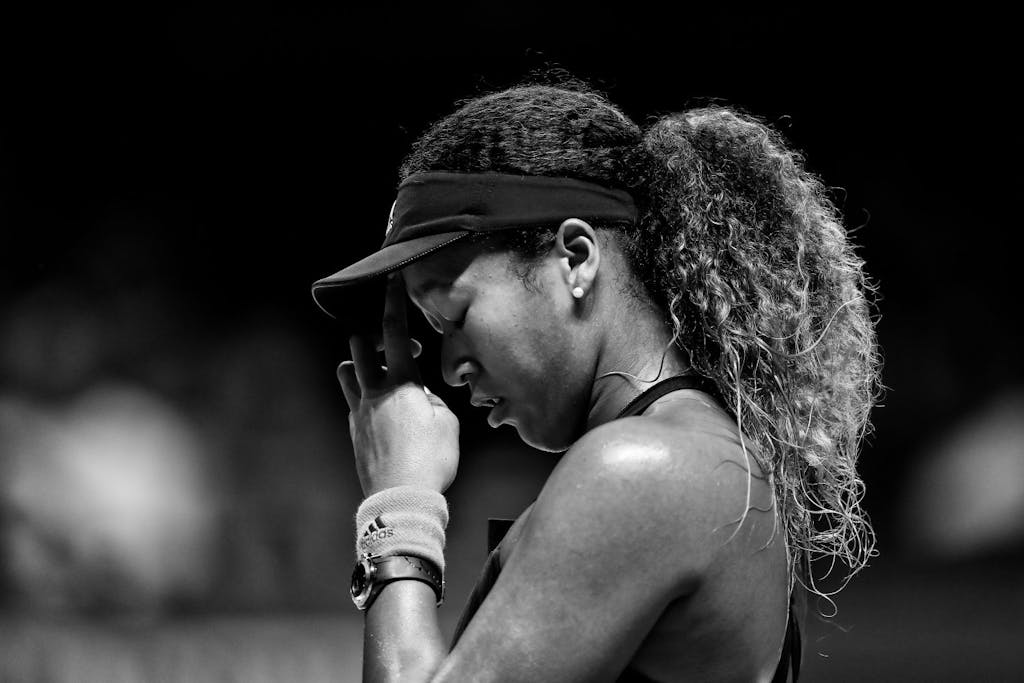
What are the key findings from the Women in Sport guidelines?
The Covid pandemic has shone a light on the power of sports to improve mental health, and a key takeaway is that the emotional benefits are now more important to consumers and sports fans than the physical aspect of sports. Sixty eight per cent of consumers believe that athletes and sports organisations should talk more about mental health and female sports stars, such as Naomi Osaka and Simone Biles, are beginning to lead cultural conversations around mental health. When choosing visuals around women and girls in sports, sports brands and rights-holders should consider thinking about how they are challenging social stigmas within the visuals they create or select. For example, by showing athletes receiving support from female coaching staff or bringing a more inclusive lens to people participating in sports at all levels.